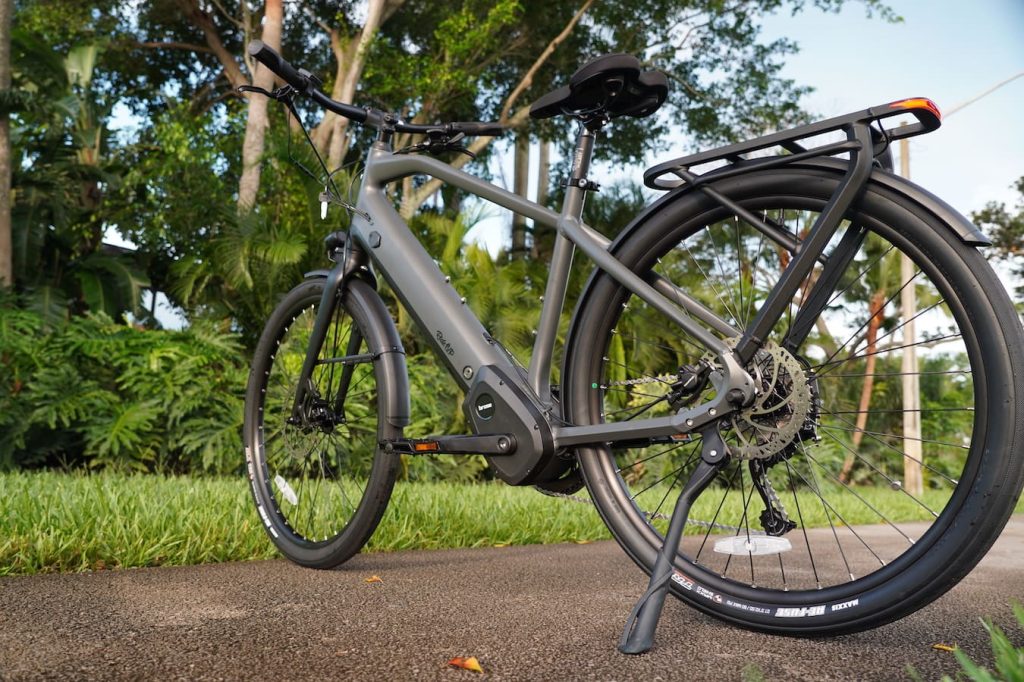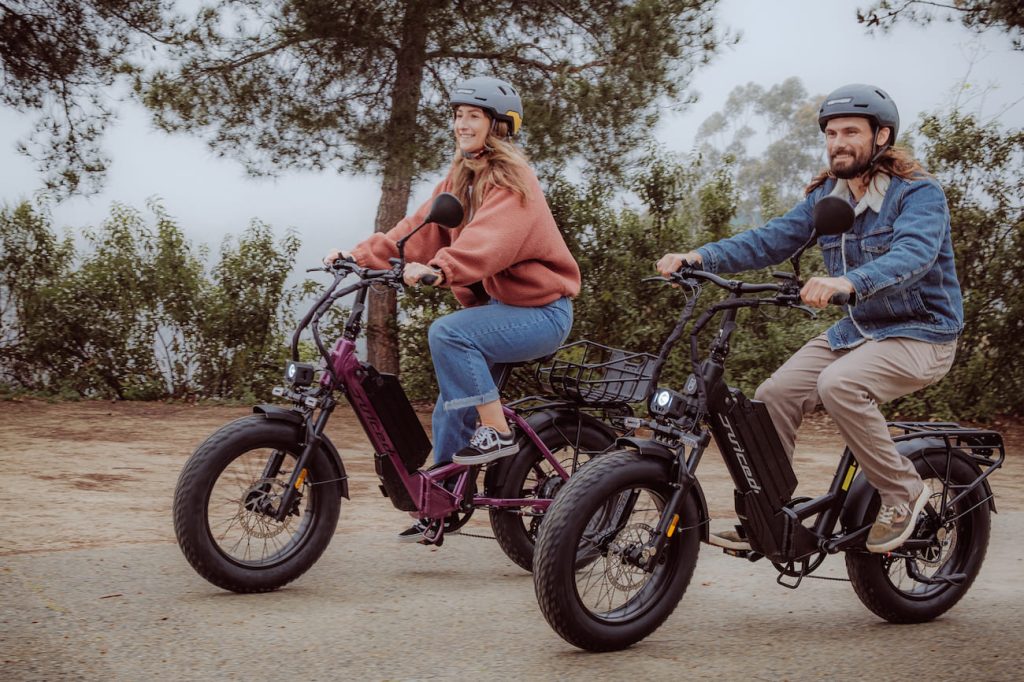It’s right there in the title. Having followed the electric bicycle industry for 15 years and running, I can pretty much guarantee you that there has never been a better time than right now to buy an e-bike. Here are the top three reasons why.
E-bike prices are at all-time lows
It’s true, essentially every single electric bike brand in North America (and many in Europe) have some amazing deals right now. Companies are slashing prices right and left, creating some incredible opportunities for riders.
There are several underlying reasons for the drop in prices, but most of them relate to overstock situations caused by pandemic ordering sprees. When e-bikes turned into one of the surprise winners of the COVID-19 pandemic, all of the major e-bike companies rushed to build more bikes. At the same time, new e-bike brands sprung up to sink their own shovel into the gold rush. It took a while for that manufacturing to spool up, but it resulted in record amounts of new e-bikes heading our way.
Sales are still decently strong but certainly have dipped from the e-bike rush in the year or two following the pandemic. Now, those companies’ warehouses are all overstocked as they compete with each other and all of the new little import companies to get those existing e-bikes into customers’ hands. That’s resulted in some killer deals floating around right now.

For example, you can still get a Brose-powered mid-drive e-bike for just $1,995 with the Ride1Up Prodigy. That’s a German-made mid-drive motor with other quality parts sprinkled around the bike for good measure, wrapped up in a package that costs the same as what many basic hub motor e-bikes used to cost just a few years ago (and at a fraction of what the other Brose-powered e-bikes used to cost). For a more minimalist ride, the company’s lightweight, single-speed Roadster V2 e-bike is now priced at just $895, while its Gates belt drive and gravel-focused cousin, the Roadster V2 Gravel, comes in at an incredibly reasonable $1,295.
Other companies have some impressive deals as well. Aventon is giving out a free second battery with most of its models, including its $1,799 abound electric cargo bike. Speaking of cargo e-bikes, Lectric’s XPedition is still an amazing deal at just $1,475 for an unbelievable amount of utility and value – plus that price includes a pile of free accessories. Rad has lowered its folding RadExpand 5 down to just $1,299, which matches the new sale price of another fun minimalist e-bike, the $1,299 Juiced RipRacer.
Basically, everyone’s prices are as low or lower than they’ve nearly ever been, and it’s a great time to take advantage of those deals.

More incentives are stacking up
Another great reason to buy an e-bike now is that there’s never been more local and state-level incentives. Cities, counties, and state governments around the US are rolling out new incentive programs that can take hundreds or even thousands of dollars off the price of a new electric bike.
As more of the US awakens to the benefits of electric bikes, from reducing city traffic to reducing healthcare costs and improving quality of life, cities have been creating evermore incentives to make these e-bikes more affordable.
Famous programs like Denver’s e-bike rebate have gotten a lot of press, but hundreds of smaller programs are spread around the US. With a little luck, your city or state might have its own e-bike rebate program you can take advantage of to combine with current sale prices to snag an absolutely killer deal.

E-bikes were once the travel choice of early adopters, eschewing their cars for a quirky new alternative. But that was years ago, and these days they’ve become so normal that many cities have begun investing much more heavily in cycling infrastructure to keep up with the booming number of e-bike riders.
This isn’t true across the board (please spare me the “not in my city!” comments below this article), but on average, more bike lanes are being added than ever before.
North America isn’t going to mimic the Netherlands anytime soon, and cars will still likely be the dominant form of transportation in the US for decades to come. But the ratio is shifting as the United States slowly moves towards the standards of developed countries in regards to cycling infrastructure and safety.



